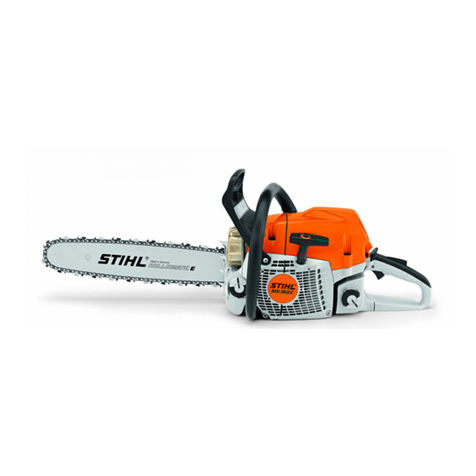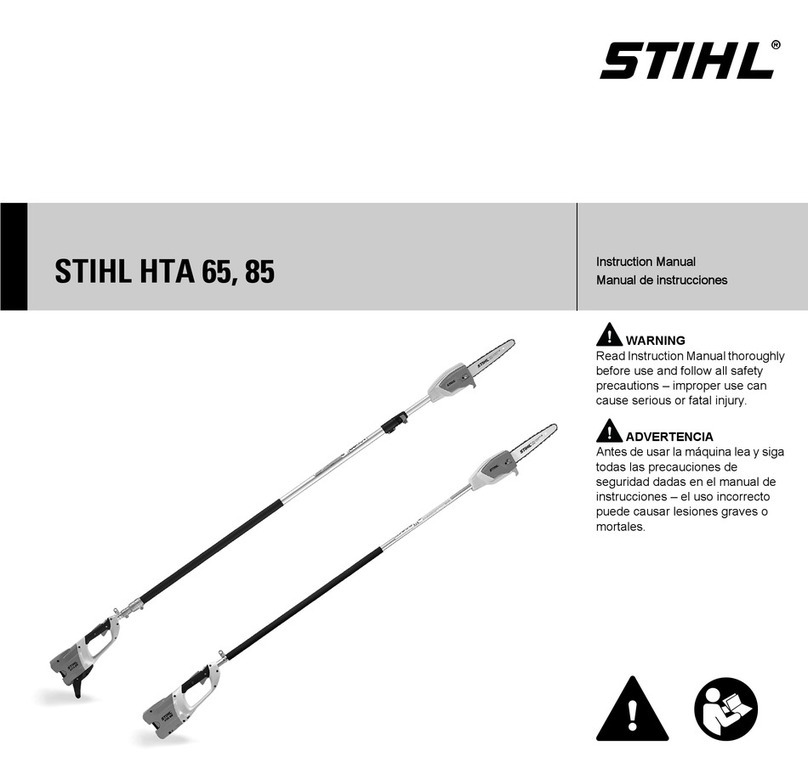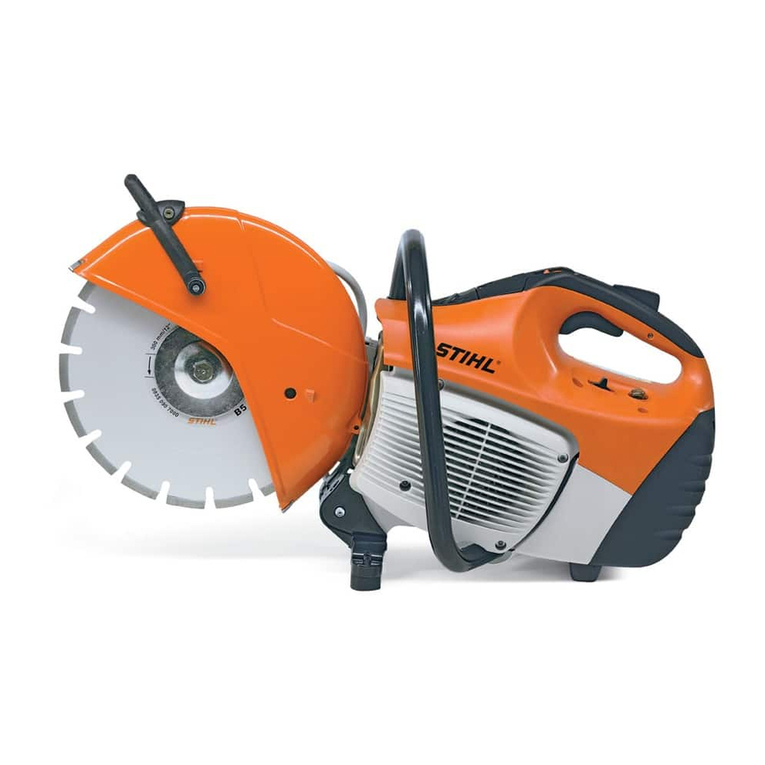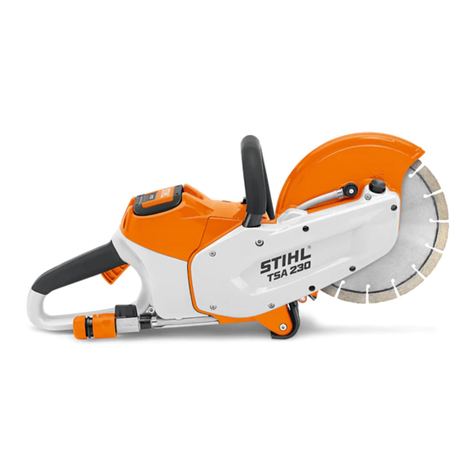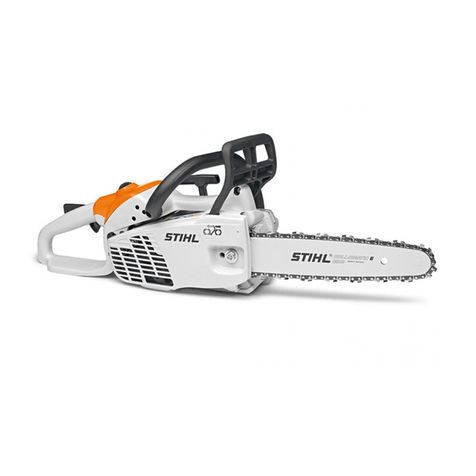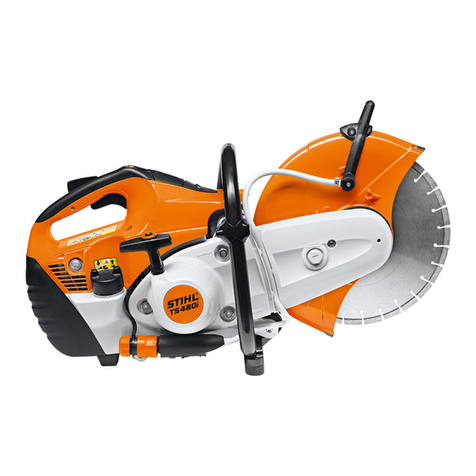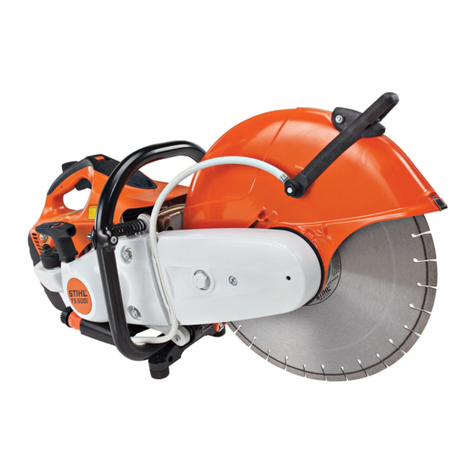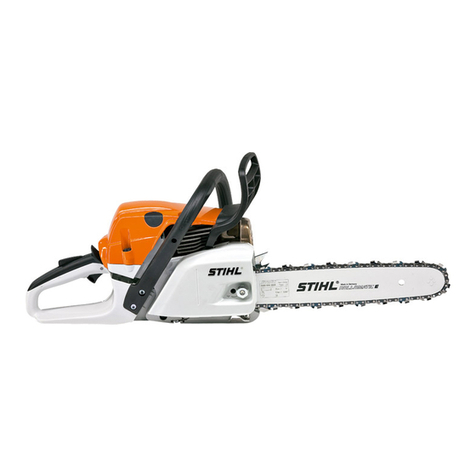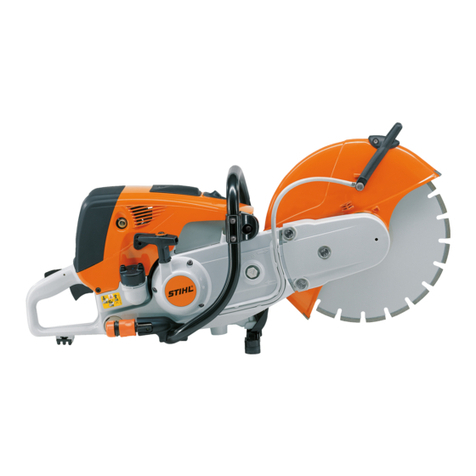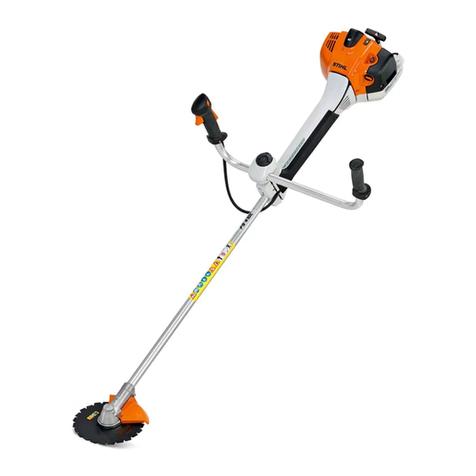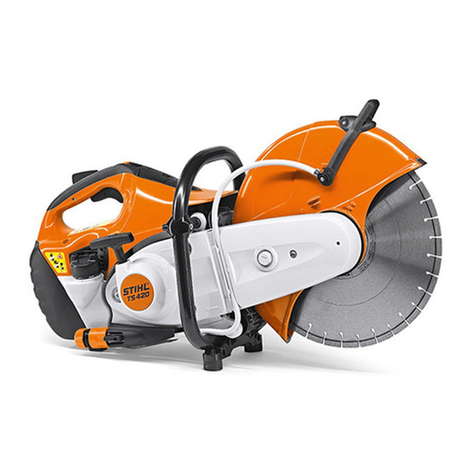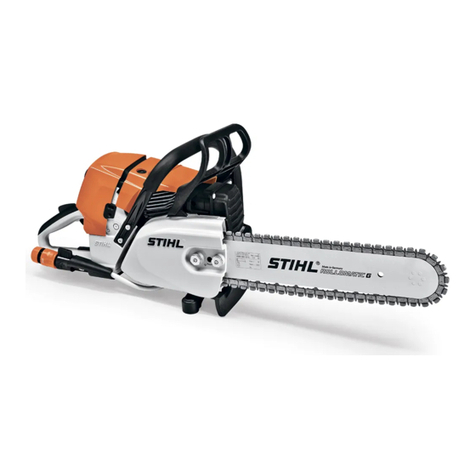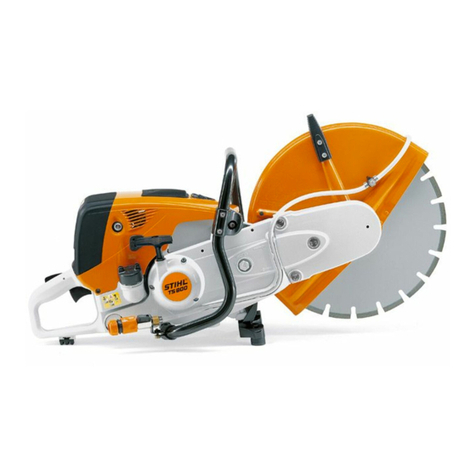
© STIHL Inc., Virginia Beach, VA 2013 US/STR
confidential
Starting Features
The MS 170 is equipped with a
standard starter mechanism,
and with 2 bar nuts holding the
bar in place
The MS 180 C-B has the
Toolless Quick Chain Adjuster
(QCA) for fast and easy chain
and bar install and adjustment
The MS 180 C-BE also has the
Easy2Start™ starter
mechanism which allows
starting with less effort at a
lower cranking speed
© STIHL Inc., Virginia Beach, VA 2013 US/STR
confidential
Starting Features
The MS 180 C-B has the standard starter mechanism, which
requires a brisk pull on the rope to it’s full extension to start
the engine
The MS 180 C-BE has the Easy2Start™ starter mechanism,
which allows starting by simply pulling out the rope slow and
easy, winding the auxiliary spring which then spins the motor
over to start it
Notice that the MS
180 C-BE has a
deeper recoil
housing and the
handle extends out
slightly farther for
clearance

